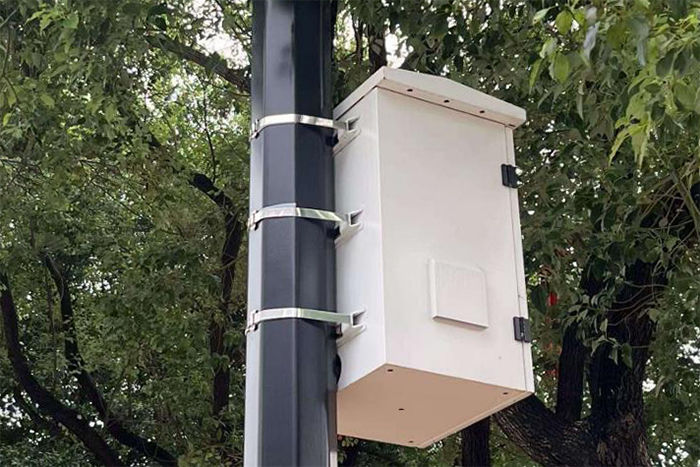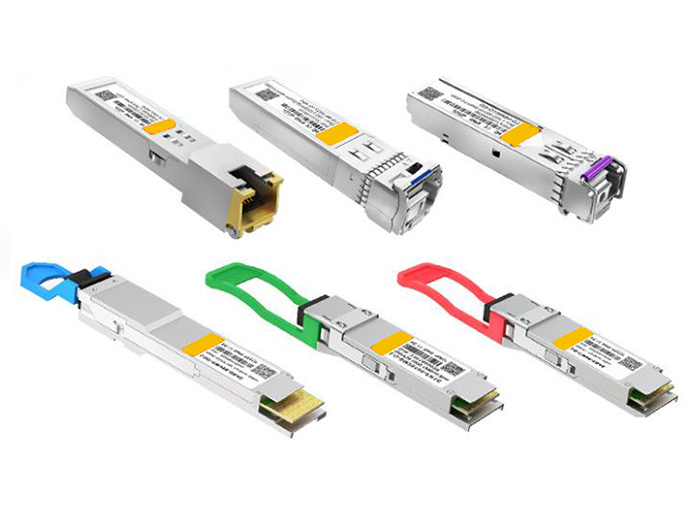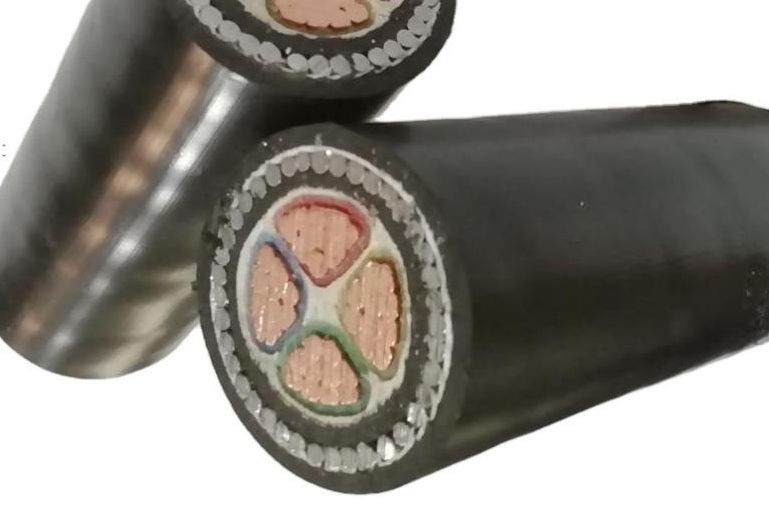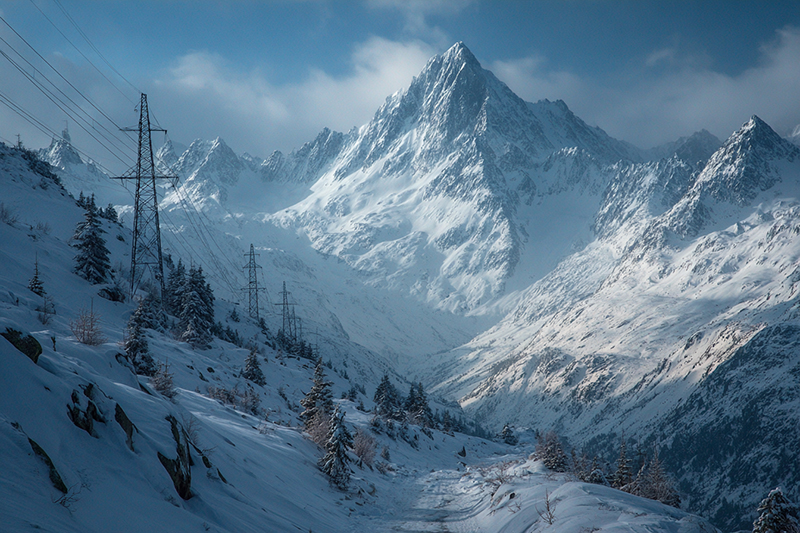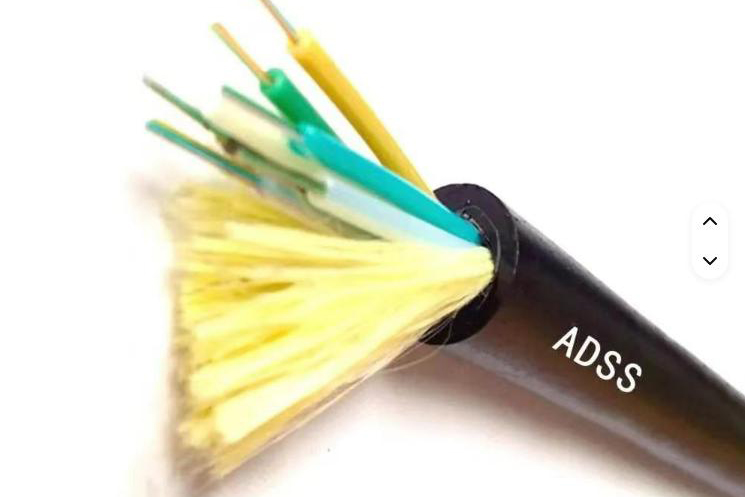
Choosing the Right Outdoor Ethernet Cable: What You Need to Know
When your network needs to break out of the building, you can’t just grab any old Ethernet cable and run it through your yard. Whether you're wiring up outdoor security cameras, linking separate structures, or installing a Wi-Fi access point in the backyard, outdoor Ethernet cabling is a whole different ball game.
Here’s what you need to know before making that purchase.
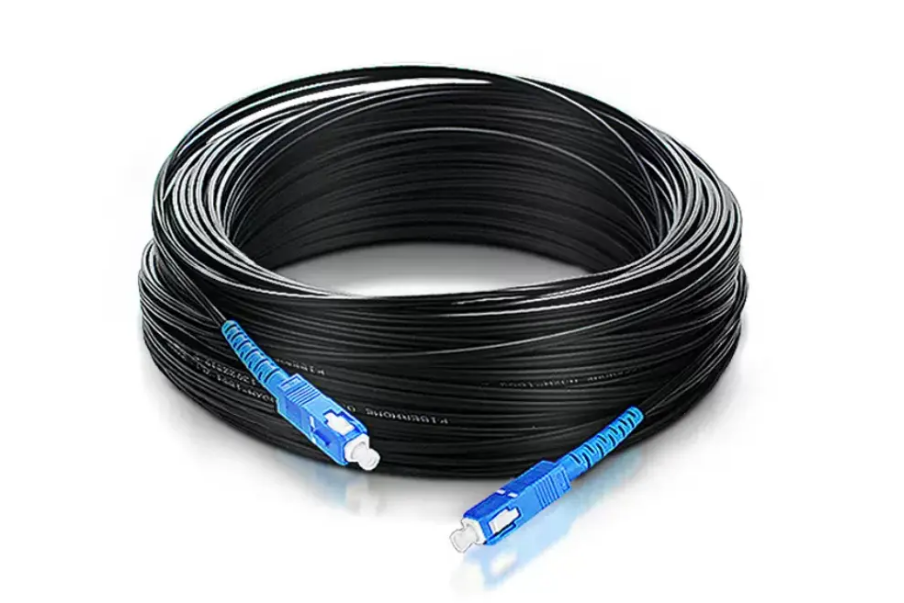
Why Run Ethernet Outdoors Anyway?
Let’s start with the obvious. Wi-Fi has its limits—especially across walls, between buildings, or through interference-heavy zones. That’s when a good old Ethernet line shines. Common use cases?
-
Outdoor access points
-
Security cameras
-
Connecting garages, sheds, or other buildings
But here’s the kicker: outdoor means exposure. Weather, sunlight, moisture, even critters—your cable’s about to go through more than just data.
What Makes a Cable Truly Outdoor-Ready?
Not all Ethernet cables are cut out for the outdoors. Here's what you should look for:
UV Resistance
Sunlight—specifically UV light—can degrade cable jackets over time. A proper outdoor cable uses UV-resistant materials (usually LDPE jackets) tested to hold up under prolonged exposure.
Moisture & Rain Resistance
Outdoor cables must deal with everything from morning dew to torrential rain. LDPE jackets do a decent job of repelling water, as long as they’re given time to dry.
Temperature Tolerance
Think about both installation and operation here. Outdoor cables often need to work in extreme cold and heat, like -40°C to +75°C. Cold can make them brittle during installation. Heat (including from sun exposure or the cable's resistance) can accelerate wear.
Shielded or Unshielded: Which Should You Choose?
Ah yes, the classic question.
Shielded cables are your friend when:
-
The cable runs through the air (suspended between buildings)
-
You’re in a high-interference area (near power lines, radio towers, etc.)
-
You need extra protection against electrostatic discharge (ESD)
Just remember: shielding must be properly grounded. Otherwise, it does more harm than good.
Unshielded cables can be fine if:
-
The cable is buried directly
-
It runs along the siding or under the eaves
-
There's no nearby electrical interference
In these cases, the earth itself can help dissipate ESD.
Let's Talk About Burial
One of the most common questions we hear:
"Should I use conduit or just bury the cable directly?"
Surprisingly, direct burial is usually better. Here’s why:
-
Water tends to collect inside the conduit (especially PVC)
-
In cold climates, freezing water in a conduit = expansion = damage
-
Direct burial cables are built for this—LDPE jacket, tough as nails
Pro tip:
Dig 18–24 inches deep. Lay some pea gravel underneath for drainage. And skip the conduit unless you really, really need it.
Quick Specs That Actually Matter
Here’s a cheat sheet when you’re shopping:
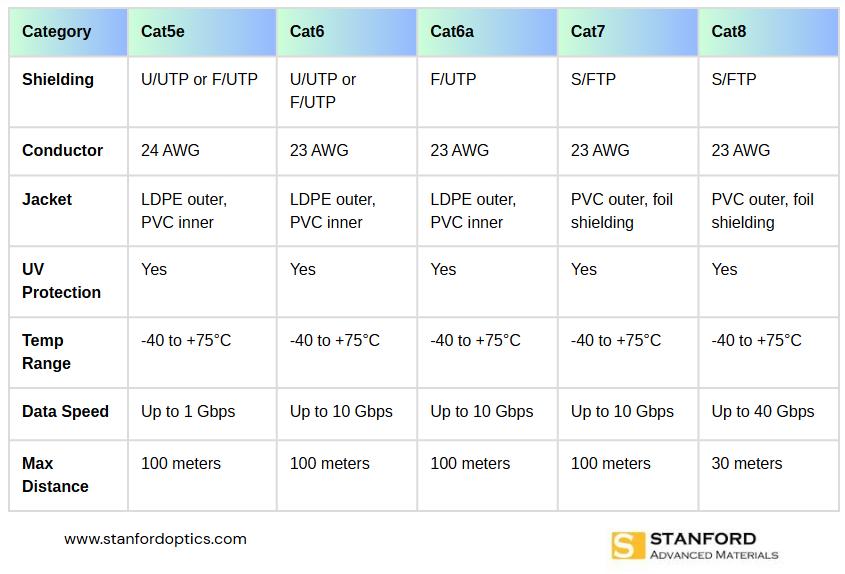
Further reading: Cat5/5e, Cat6/6a, Cat7, and Cat8 Ethernet Cables: The Ultimate Buying Guide
Always double-check these before buying. Specs like UV resistance and temperature rating are not optional—they're essential.
Final Thoughts
Using indoor Ethernet cable outside might work… for a while. But eventually, exposure will win. Your signal degrades, your devices glitch, and you’re left wondering what went wrong.
Bottom line: if your cable's going outdoors, make sure it’s designed for it. Your network—and your sanity—will thank you.
Want help picking the right outdoor cable for your setup?
Reach out to the Stanford Optics team—we’re here to make your network bulletproof.

